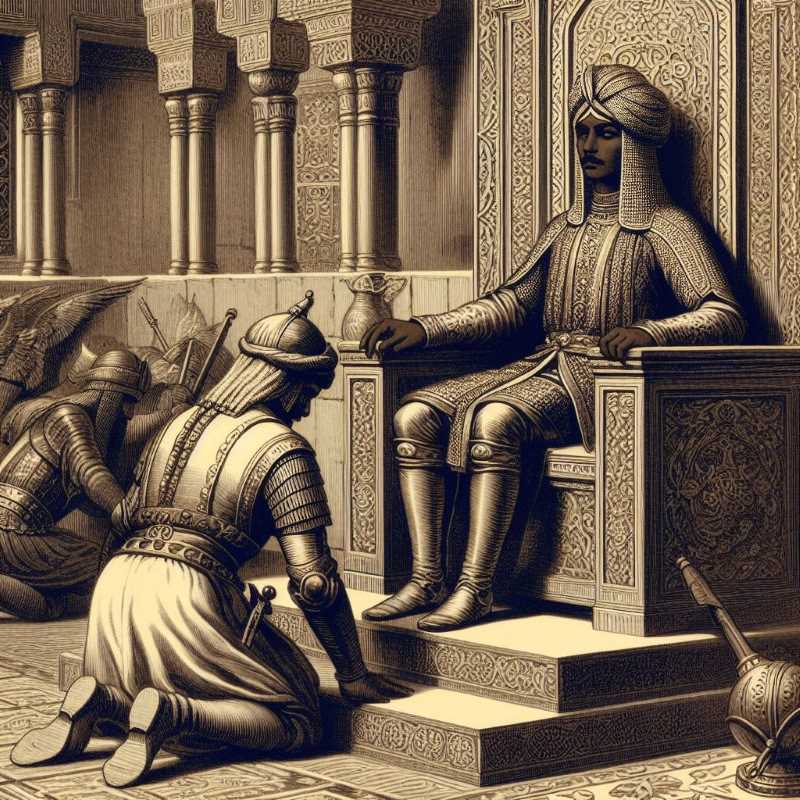How a Former Slave Faced Ottoman Might
Tuman bay II, a Mamluk slave, became Sultan of Egypt facing Ottoman invasion. Despite rallying his forces, he was defeated and hanged in Constantinople, marking the end of Mamluk rule in Egypt.

History paints pharaohs in gilded hues and emperors with sweeping cloaks. Yet, seldom do we consider the curious cases of those who stumbled, sword in hand, onto the precipice of power. Tuman bay II, the last Sultan of Mamluk Egypt, falls squarely in this category. His story, a string of events combined with the complexities of an uncertain ascension, a frantic struggle, and a brutal demise, offers a poignant glimpse into the volatile world of the early 16th century.
Born around 1476, Tuman bay II wasn't heralded by prophecies or swaddled in royal silks. He entered the world as Al-Ashraf Abu Al-Nasr Tuman bay, a domestic slave, likely of Circassian origin. The Mamluks, a military caste who ruled Egypt for centuries, often recruited young boys from foreign lands, training them as soldiers and administrators. Tuman bay II, it seems, walked this path.




